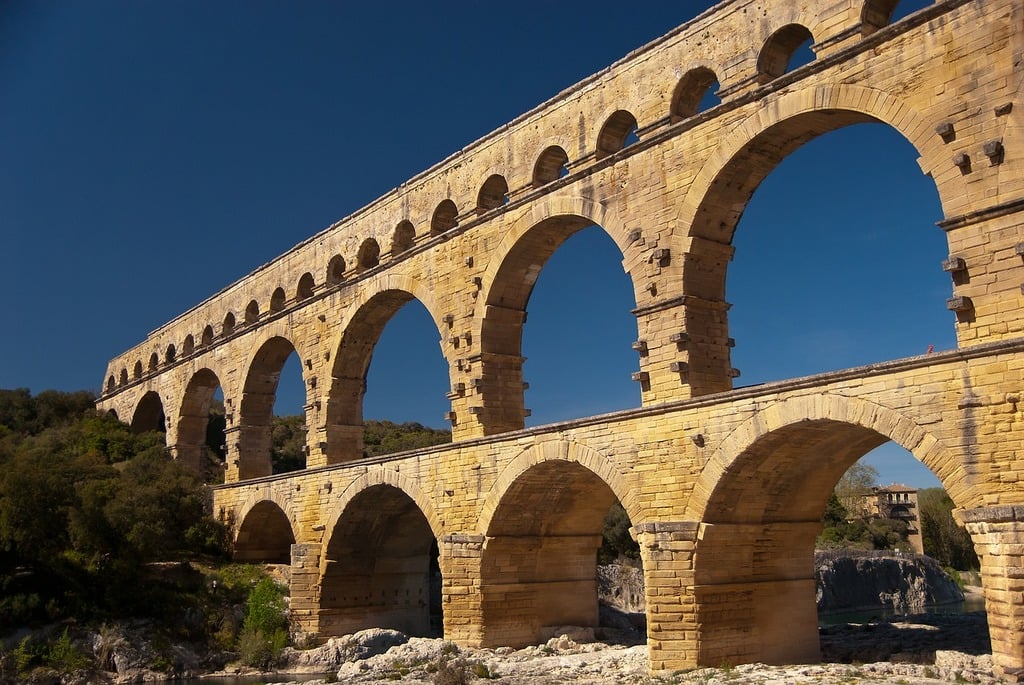
While the concept of transporting water existed before the Romans, they perfected it by building aquaducts, which were systems of channals and bridges that carried water over long distances to far away cities and towns.
Purpose Of Aqueducts
With Rome’s particularily harsh climate and dry weather, there was little availlible water in the civilization itself. As an effect, aqueducts were constructed to transport water from other places enstead. Some of the reasons for having aqueducts were supplying drinking water to the city’s population, and providing water for industrial and agriculture uses, such as feeding farms and powering mills. Other purposes included providing wastewater for public toilets, and feeding Rome’s numerous public baths.
Famous Aqueducts
Of the many aqueducts in Ancient Rome, here are a few that stand out:
Aqua Appia
Rome’s first aqueduct, built in 312 BC, and named after Roman statesman Appius Claudius Caecus.
Aqua Virgo
Built in 19 BC during the reign of Emporer Augustis, this was the first aqueduct to transport water to a public bathing house in Rome.
Aqua Marcia
This aqueduct helped cure the water shortage currently going on at the time of its completion, which was caused in part due to the rapid growth of Rome.
In conclusion, those are some reasons why aqueducts were used in Ancient Rome.